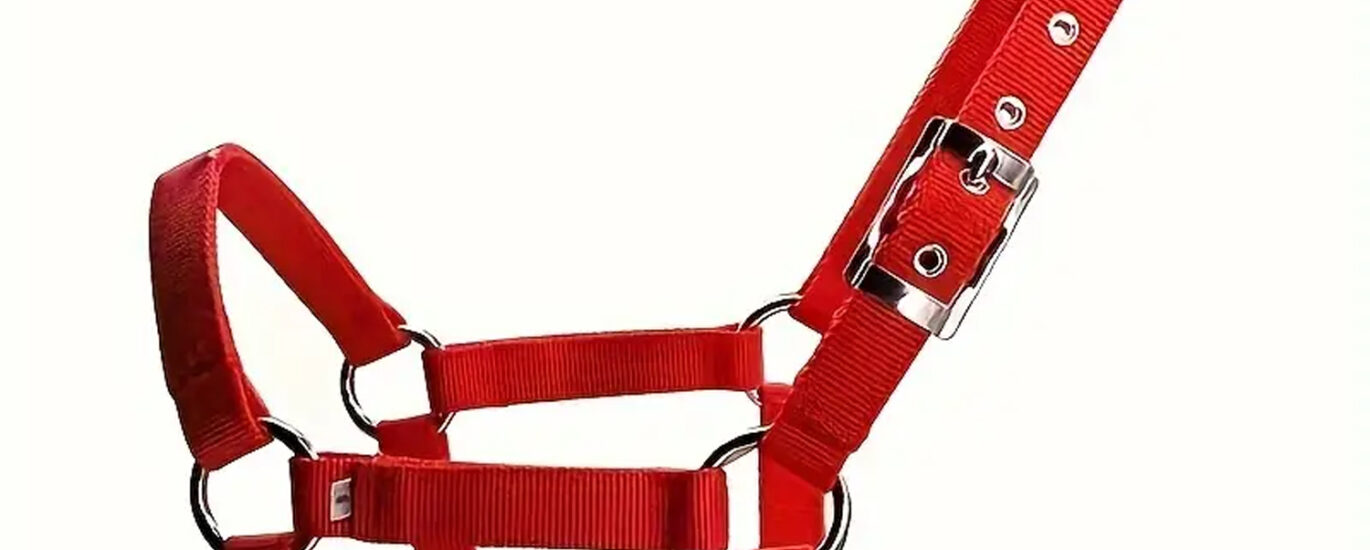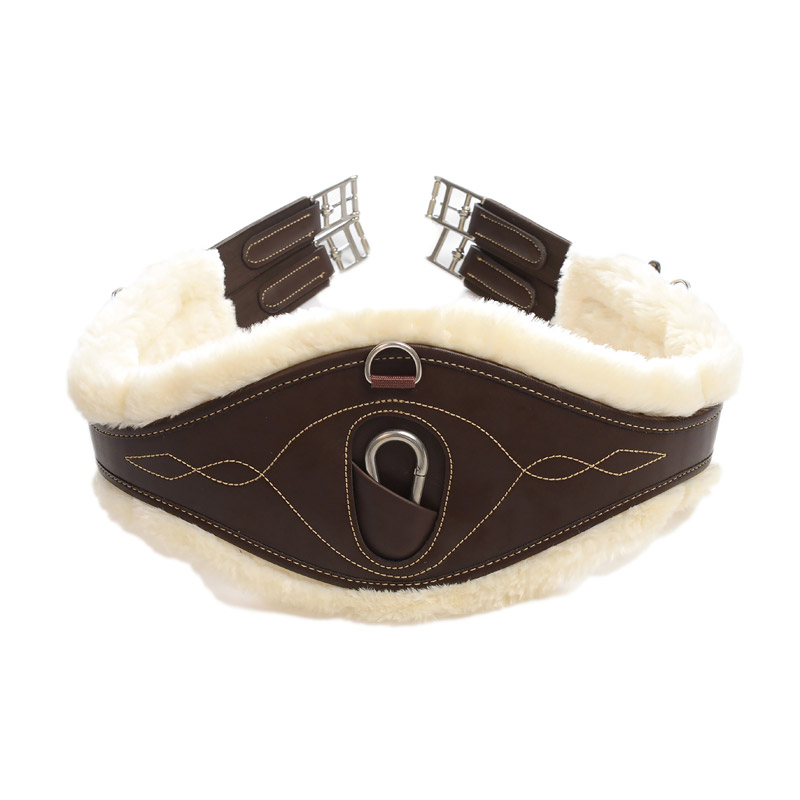Tips for Safer Horse Riding from Equine Exports. While the Equine Exports website (https://equineexports.com) doesn’t directly list specific tips for safer horse riding in its “Recent News & Insights” section, I’ve synthesized relevant insights from the equine industry (current as of October 2025) and aligned them with the site’s focus on equine care and transport. Below are practical, concise tips to ensure safer horse riding, suitable for riders and exporters, ensuring horses are ride-ready post-transport.
- Check Saddle Fit Before Every Ride
A poorly fitted saddle causes 30% of equine back issues. Ensure the saddle tree matches your horse’s withers and back shape. Use a flexible gullet system for adaptability, especially for horses recovering from long exports. Regular checks prevent discomfort and reduce spooking risks. - Wear Proper Safety Gear
Always use an ASTM/SEI-certified helmet (replace every 5 years or after a fall). Add a body protector for jumping or trail riding. For exporters, advise clients to pack certified gear to meet international safety standards during post-transport rides. - Inspect Tack for Wear
Check stirrup leathers, girths, and reins for fraying or weak stitching before mounting. In 2024, tack failure caused 15% of reported riding accidents. For exports, include a tack inspection checklist to ensure safe riding upon arrival. - Warm Up Horse and Rider
Spend 10-15 minutes on groundwork or light trotting to loosen muscles. This is critical for horses after long shipments, as stiffness increases fall risks. A dynamic warm-up (lunging or stretching) cuts injury rates by 20%. - Ride Within Your Skill Level
Overestimating ability leads to 40% of rider falls. Stick to familiar terrain and paces, especially on newly imported horses adjusting to new environments. Pair with trainers for initial rides to assess behavior. - Maintain Situational Awareness
Scan for hazards like uneven ground or sudden noises. In group rides, keep a horse’s length distance to avoid kicks. For exporters, advise clients on local terrain risks to prep horses for safe riding post-travel. - Use Non-Slip Equipment
Opt for saddles with grippy seats and boots with textured soles. In 2025, non-slip stirrup pads reduced rider slips by 25%. Include these in export kits to enhance safety for international clients. - Stay Updated on Training Techniques
Modern methods emphasize low-stress handling to reduce spooking. Enroll in clinics or follow 2025 equestrian webinars (e.g., FEI safety courses). Exporters can share these resources to ensure clients ride safely with transported horses.
For more equine care insights or to feature these tips on Equine Exports’ site, contact their team via the website’s form. If you need tailored advice, specific gear recommendations, or content for your site’s news section, let me know!




